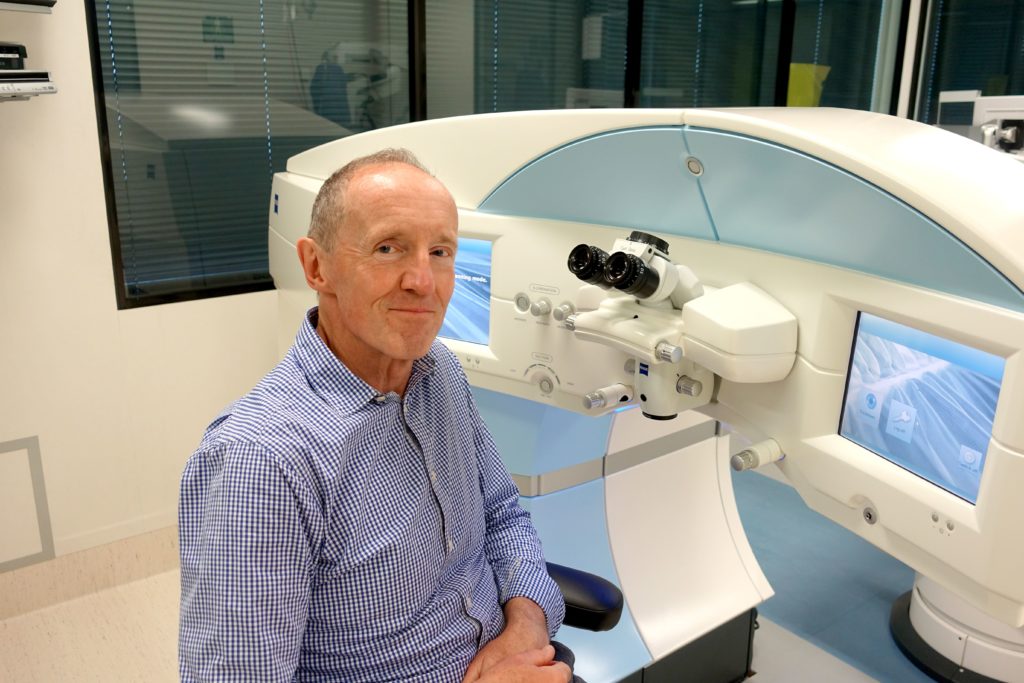
Recurrent corneal erosion syndrome (RCES) is a common condition affecting the skin on the front surface of the cornea. Normally the layer of skin is very adherent to the underlying tissue, called the stroma. However, in RCES the skin fails to attach securely to the underlying tissue. Making it easily moved or torn by movement of the eyelids. The condition can be incredibly painful as the loss of the skin exposes very sensitive corneal nerves.
Symptoms of Recurrent Corneal Erosion Syndrome
Symptoms of RCES include severe pain, a gritty foreign body sensation, light sensitivity and tearing or watering. These symptoms most commonly occur during the night or when the eyelids are opened on waking. During rapid eye movement (REM) sleep when dreaming occurs, the eyes make rapid side to side movements. While this is occurring the eyelid surface can rub against the patch of loose skin on the front of the cornea, causing tearing or movement of the skin and significant pain. Upon waking the same process can occur as the eyelids are opened. Pain and discomfort can also occur if the eye is rubbed. Frequently the action of loose or torn skin will heal and the pain will subside only to recur days to weeks later, hence the name recurrent corneal erosion.

Signs of Recurrent Corneal Erosion Syndrome
Normally a person suffering from RCES will not be able to see the patch of loose or torn skin on the front of the cornea. However, the eye may look red and inflamed and the eyelids may be swollen if the pain is severe enough.
An ophthalmologist or optometrist can examine the affected area using a slit lamp microscope. Through the microsope the patch of missing, wrinkled or roughened skin on the cornea can usually be seen. If the condition has been present for some time map like lines, tiny bubbles called microcysts or fingerprint like patterns may also be seen. This is known as map dot fingerprint dystrophy.
Causes of Recurrent Corneal Erosion Syndrome
Most cases of RCES occur following a corneal injury or abrasion. Typical causes for this are injuries from a baby’s fingernail, leaves or sticks in the garden and paper cuts. These types of injuries will often cause a patch of skin to be torn off the front of the cornea. The skin defect will normally heal in rapidly but in some cases the new skin may fail to attach properly to the underlying corneal tissue. This will cause a predisposition to develop RCES. It can also occur as an inherited condition. In this situation a person may develop symptoms of RCES without any prior history of a corneal injury.
Diagnosis of Recurrent Corneal Erosion Syndrome
A diagnosis of RCES can be suspected if there is a typical history of corneal injury; followed by repeated episodes of severe pain in the eye occurring usually during the night or on waking in the morning. However, the diagnosis is only confirmed by an examination of the cornea. A optometrist or Ophthalmologist will do this using a high-powered slit lamp microscope.
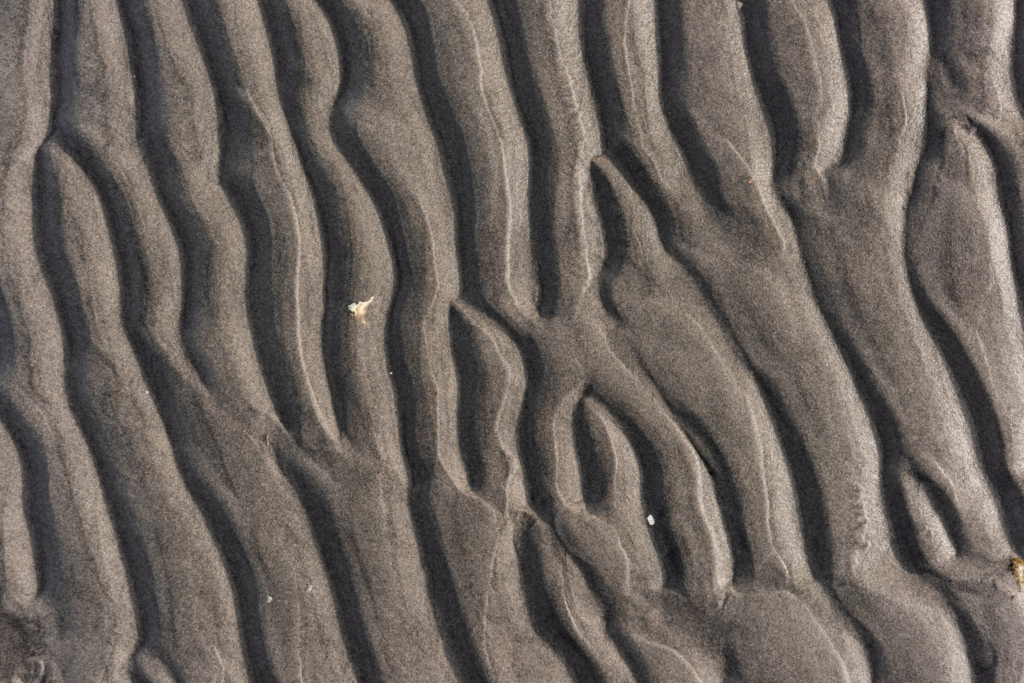
Managing Recurrent Corneal Erosion Syndrome
There are several things that you can do if you are suffering from RCES:
- Avoid drying of the cornea; this is important in preventing adhesion of the eyelids to the cornea.
- Avoid a very dry atmosphere at night; a heat pump or air conditioning can cause drying. Maintaining good levels of hydration will also help.
- You should avoid sleeping in too late; the cornea will become increasingly dry the longer the eyelids are closed. This increases the risk that the eyelid will stick to the surface of the cornea.
Before going to bed use of an oily ointment can prevent sticking of the eyelid to the surface of the eye and allow for undisturbed sleep. In some cases, patching or taping the eyelids closed can help reduce episodes of pain during the night.
On waking in the morning, it can be helpful to wake with your eyelids closed. You then very gently massage the eyelids to loosen any adhesion between the eyelid and the surface of the eye. Most people with RCES will work out what sort of routines reduce the pain that can occur on waking in the morning. Putting artificial tears into the eye as soon as possible on waking can also help reduce pain and discomfort.
Treatment
In some cases, RCES can heal spontaneously over a period of time and no active treatment is required. However, this is relatively uncommon, and most people will eventually need more active treatment. There are several treatment options available, both medical and surgical which have a high rate of success in curing RCES. None of the treatments, however, are 100 percent successful, and the average success rate is about 70 percent this means that a given treatment may need to be repeated or a different treatment carried out.
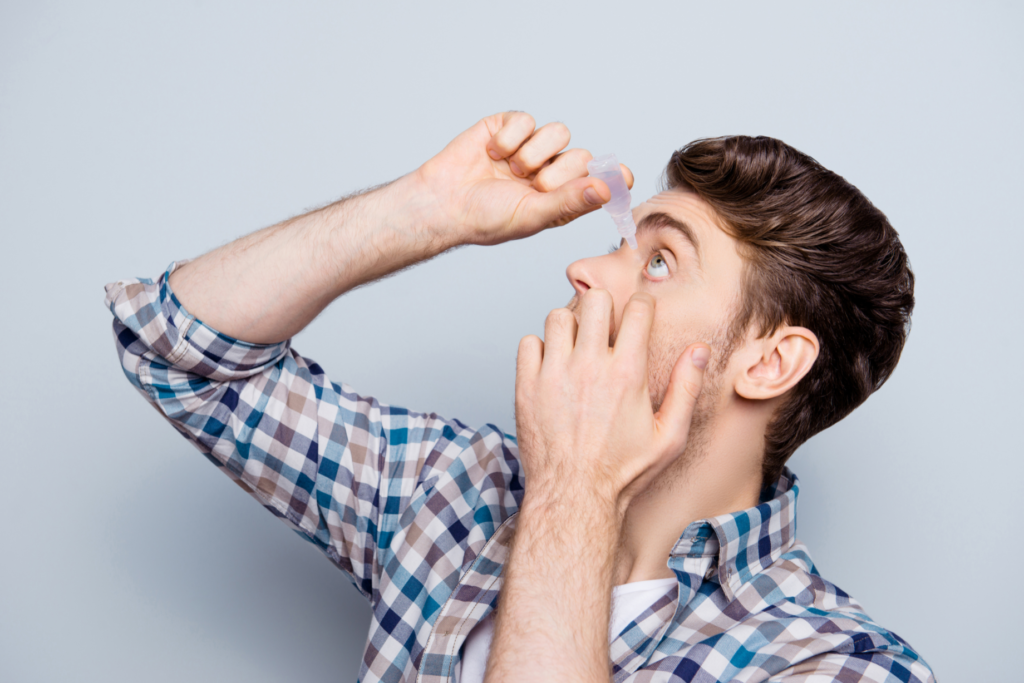
Artificial tears and ointment
Artificial tears can help lubricate the surface of the eye. This can reduce discomfort that can occur during the daytime from movement of the loose skin during eye movement or blinking. Artificial tears will not last long enough to give protection overnight while asleep. An oily ointment is best to provide lubrication during the night, applying just before going to sleep. Unfortunately, many people find it unpleasant and “goopy” and prefer not to use it.
Medical treatment
A combination of topical steroid eye drops and a commonly used antibiotic, called doxycycline, has been shown to be effective in recurring RCES. The treatment is continued for eight weeks and has been shown to be effective in about 70 percent of cases.
Surgical treatment
There are two surgical treatments commonly used to treat RCES; anterior stromal puncture and phototherapeutic keratectomy.
Anterior stromal micropuncture is a simple, pain free procedure which can be carried out in an ophthalmologists office. The treatment can only be used when the patch of loose skin is not on the line of sight but is on a peripheral part of the cornea. The procedure involves making a series of pinpricks over the patch of loose skin using a fine needle. Although this sounds rather gross, it is very safe procedure, and it takes a very short period of time to perform. The use of topical anaesthetic eye drops makes this procedure pain-free and it has a high rate of success.
Phototherapeutic keratectomy uses an excimer laser (also used in laser vision correction) polishes the surface of the cornea underneath the skin. This creates a fresh surface for skin to grow and adhere properly to. Phototherapeutic keratectomy is more invasive and more expensive than other treatments. Therefore it is usually carried out when other treatments have failed or when stromal micropuncture is unsuitable.

If RCES is caused by a documented corneal injury, treatment will usually be covered by ACC. The ophthalmologist who is treating the condition for you will let you know if you qualify for coverage.
If you suffer from recurrent corneal erosions then, get in touch with the team at Wellington Eye Centre. You can call us on 0800 733 327 or complete the contact form below. We do require a referral letter from your Optometrist, GP or medical specialist for new appointments.

Festive Season and Your Eyes

Vitamins For Good Eye Health and Vision
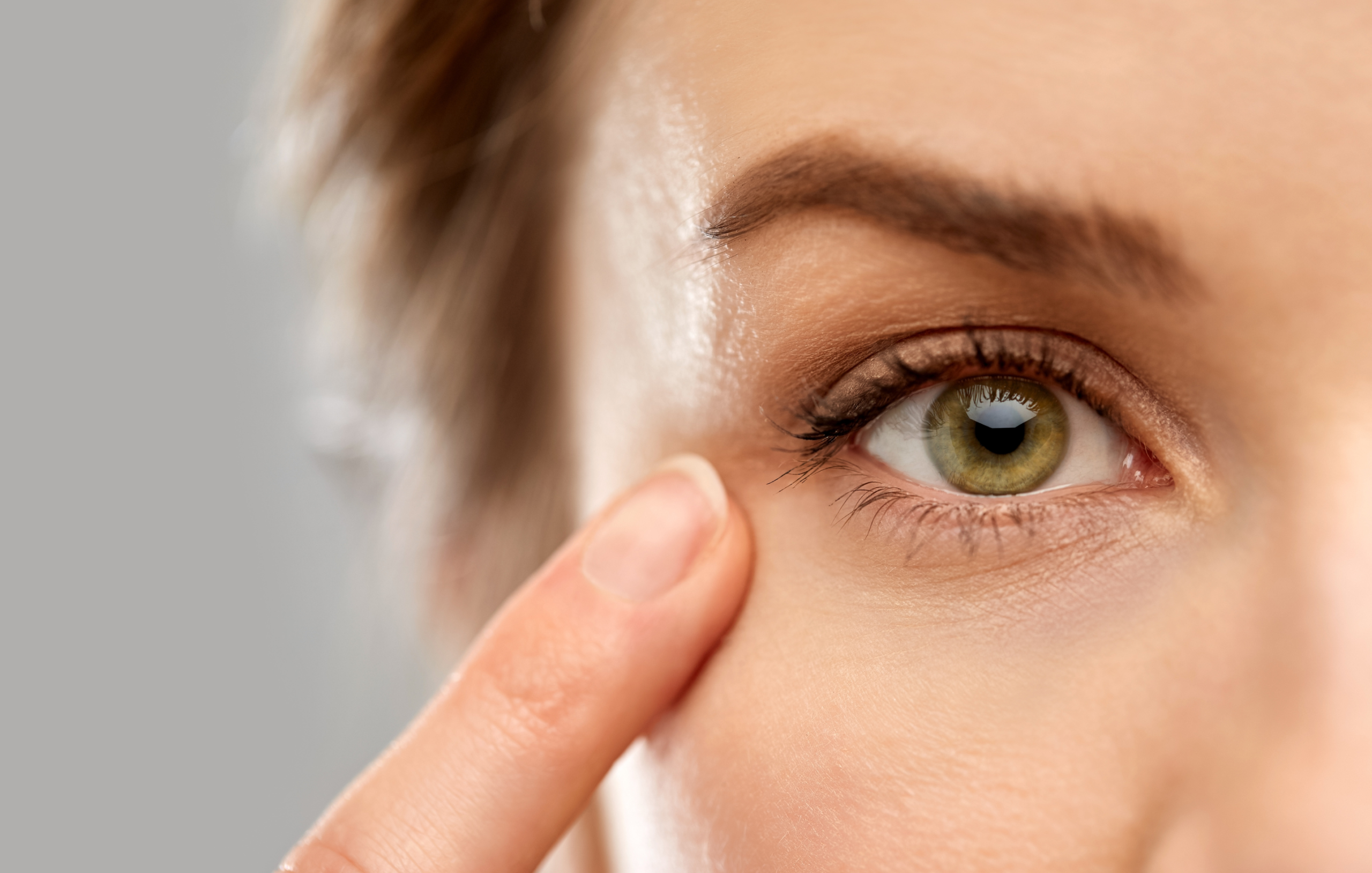
Help my eyelid is twitching!

Do you need to have eye exams after laser eye surgery?
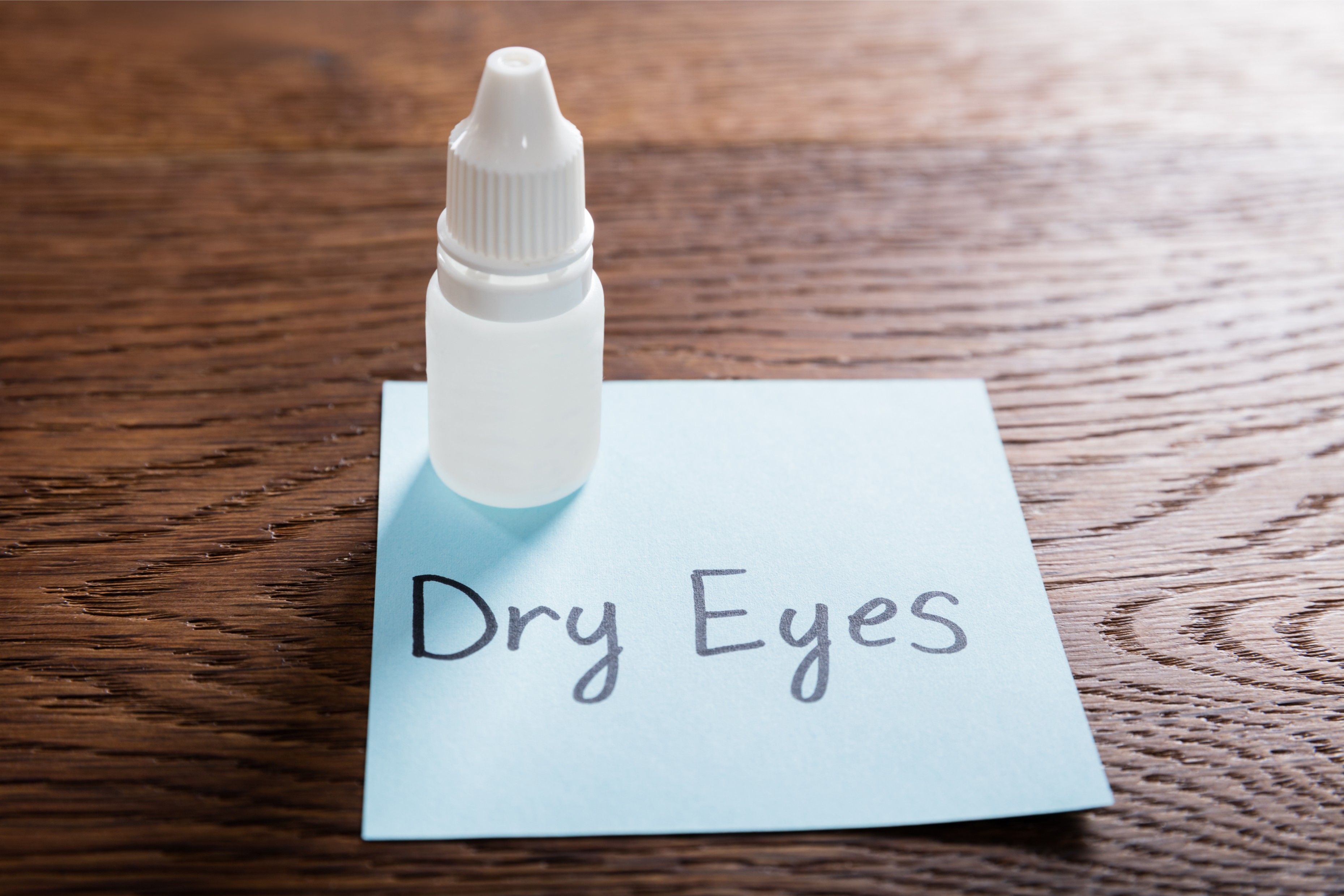
Restasis Eye Drops for the Treatment of Dry Eyes
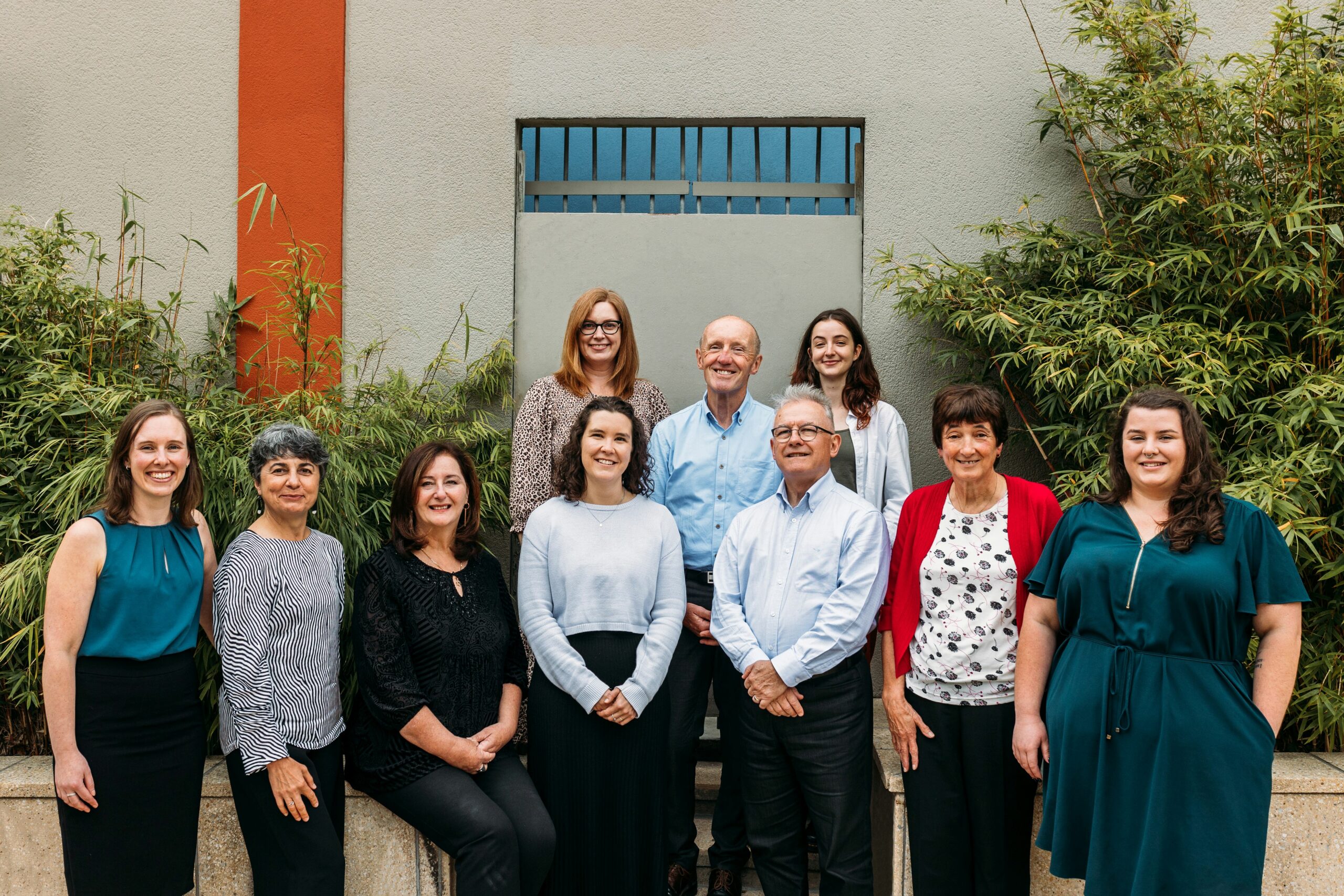
Meet The Team at the Wellington Eye Centre

Festive Season and Your Eyes

Naumi Studio Hotel Wellington
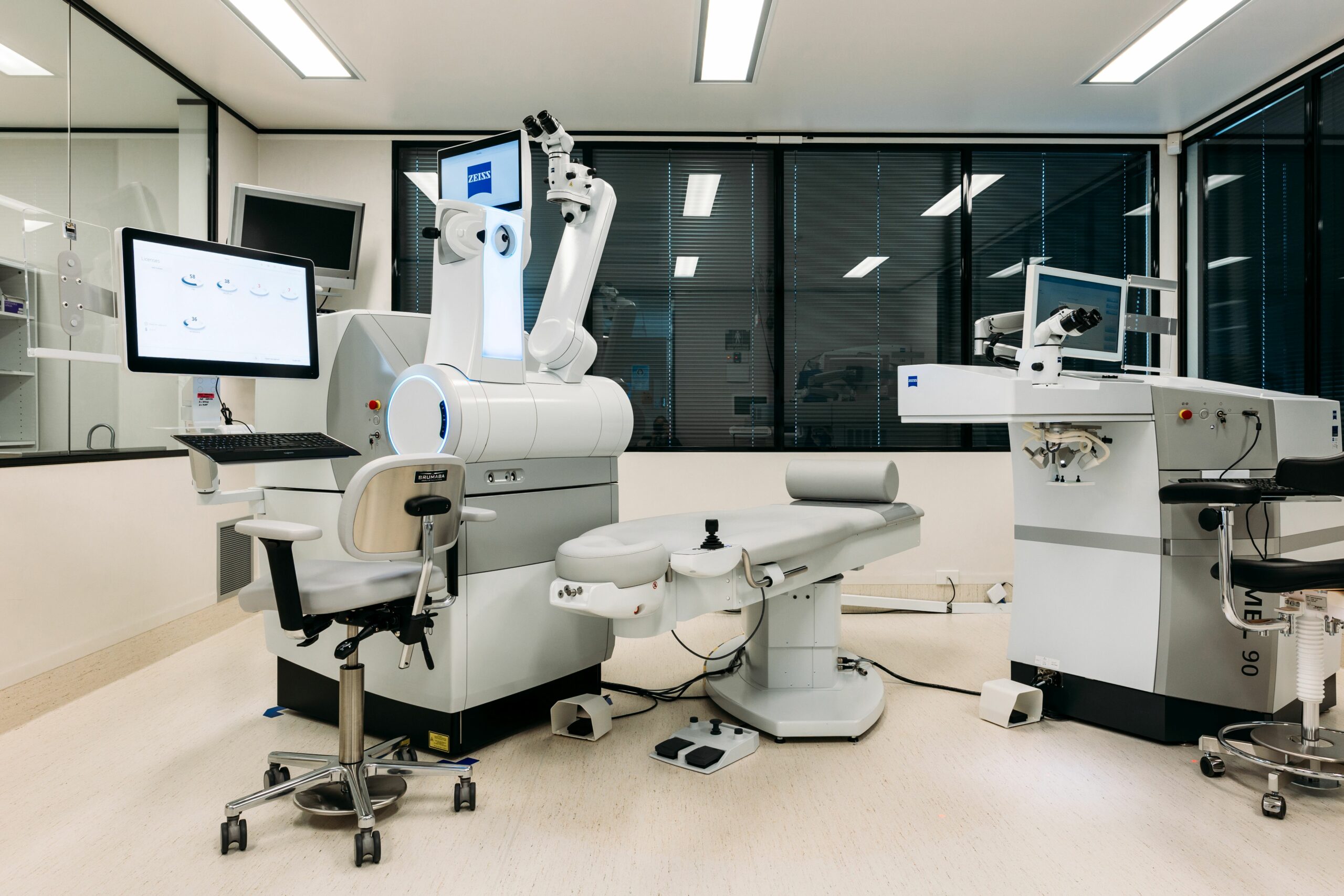
What to Expect on The Day of Surgery

